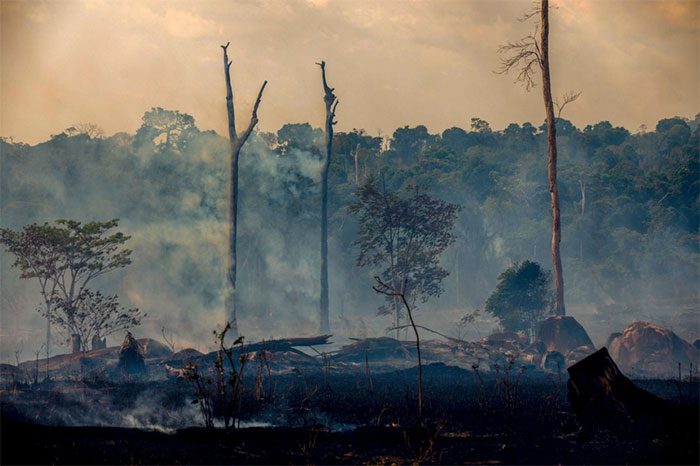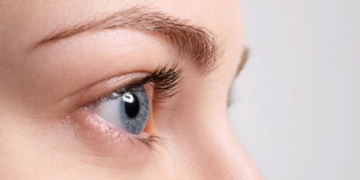A recent study published in Nature at the end of August reveals that rising temperatures and natural disasters such as droughts and wildfires may be linked to the spread of various diseases, including Covid-19.
Camilo Mora, a climate scientist at the University of Hawaii, is one of the authors of the study examining the impact of these micro-level changes.
In an interview on the radio program All Things Considered, he discussed his findings and their implications for the future.

Smoke rising from a wildfire in Brazil in 2019. (Photo: Getty).
The Connection Between Climate Change and Disease
According to Camilo Mora, every time humans are affected by climate change, such as through heatwaves, wildfires, and increasingly frequent floods, these events are linked to the rising levels of greenhouse gases.
Climate change may force humans to come into closer contact with species that pose potential health risks. As exposure increases, the likelihood of pathogens present in nature infiltrating human populations rises, leading to illness. In the report, he and his colleagues quantified the extent of this impact.
He cited the example of a species of bat that lives in dense forests. These bats have carried pathogens for hundreds of years. They live far from humans, so there is no contact, and thus no transmission of diseases. However, as human development releases more emissions, contributing to the greenhouse effect and global warming, droughts and wildfires occur.
Bats that once thrived in forests, harmless to humans, are now forced to migrate in search of food within new environments. This increases their chances of coming into contact with humans and spreading pathogens.
This is precisely what happened and led to the Covid-19 outbreak.
Can Climate Change Also Mitigate Disease?
Conversely, the research team also discovered some instances where climate change helps prevent disease. However, in the majority of cases (58%), climate change adversely affects human health in thousands of different ways, exacerbating disease outbreaks.
The researchers found that 60% of diseases could potentially be halted or no longer pose a threat. One example is drought. Water scarcity can prevent mosquitoes from breeding, thereby reducing some mosquito-borne infectious diseases.
However, in some instances, drought can make mosquito-borne diseases even worse. Limited water creates an ideal environment for mosquito breeding. They seek out water sources, and small ponds become hotspots for mosquitoes and pathogens.
The Hidden Dangers Between Climate Change and Covid-19
In fact, Camilo Mora has personally experienced how climate change impacts disease transmission risk. He once vacationed in Colombia. Assuming he was in good health, he did not apply mosquito repellent. He was bitten by a mosquito and unexpectedly contracted the chikungunya virus. Ultimately, Mora fell ill.
The disease caused his skin to blister for a week. He admits it was a painful ordeal. He also suffered from joint pain. During the research, the scientist discovered that chikungunya outbreaks were occurring because, at that time, all of South America was experiencing heavy rains, allowing disease-carrying mosquitoes to spread widely.
Mora admitted to being shocked after reading numerous studies and realizing that climate change is indeed leading to increased disease outbreaks. They initially set out to investigate whether climate change was related to the Covid-19 outbreak.
To date, they have not reached a definitive conclusion but assert that there are at least 20 potential ways Covid-19 could have arisen due to climate change. He considers this to be a concerning issue.



















































